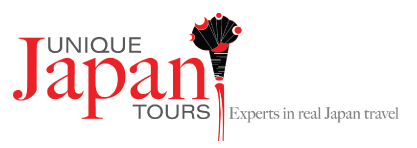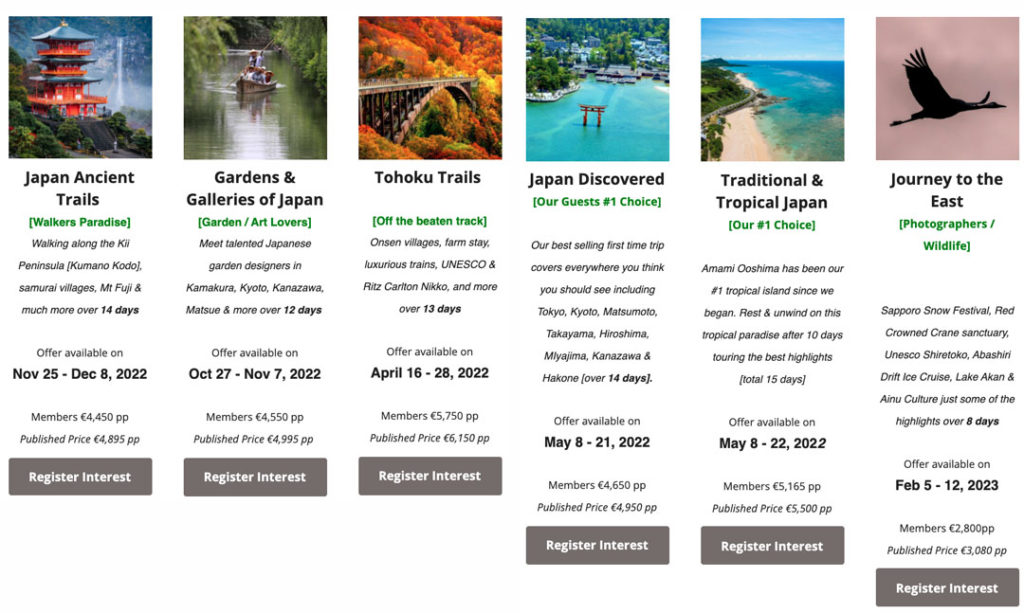FOREIGN TRAVEL TO JAPAN
Foreign travel to Japan is still not permitted beyond some special exceptions. (Japan National Tourist Organisation Travel Updates) however it is anticipated that international travel will be possible again in the near future.
The Japan Business Federation, better known as Keidanren, have been lobbying the government to ease its entry restrictions. (The Japan Times) The number of days of mandatory quarantine period for those eligible to travel to Japan for business travel has been reduced from 10 days to 3 days. This is positive step indicating the gradual reopening of Japan’s borders. (Kyodo News)
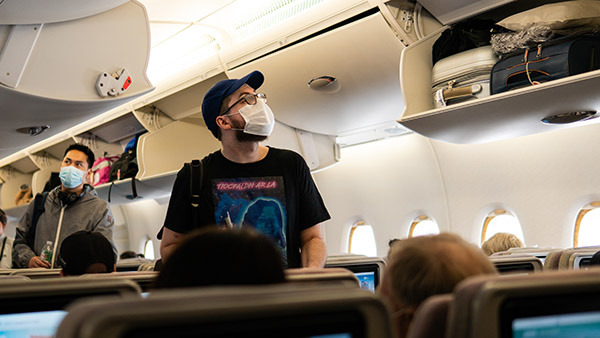
From what date can I book a holiday to Japan?
We are taking bookings for holidays in Japan from spring 2022 onwards, however at this stage we don’t have certainty on if that will be possible. Our extremely flexible booking terms and conditions take all the risk out of booking your holiday before we learn of a definite reopening date.
We are have been securing increasing numbers of bookings week by week as Japan’s incredible vaccination success and lifting of states of emergencies have buoyed confidence that Japan will lift travel restrictions sooner than later.
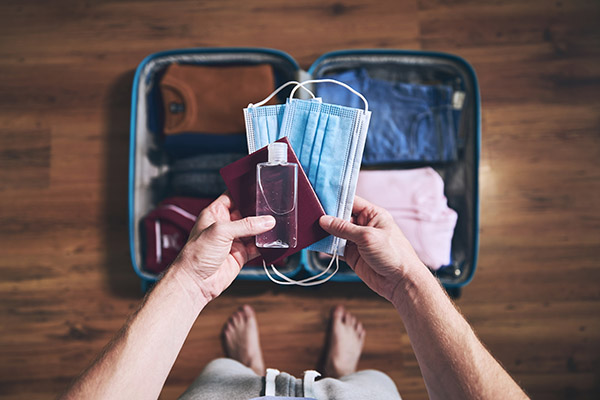
Preparing for travel in new normal. Man packing passport, face masks and hand sanitizer. Themes personal protection and flight rules during coronavirus pandemic.
What has been the trend in demand for holidays to Japan?
We have noticed a distinct increase in interest in off-the-beaten path itineraries and travel to rural destinations as people seem to want to travel whilst maintaining some social distancing preferences to feel safer.
Places on some of our tours in Autumn of 2022 are already starting to fill up (partly due to our maximum group size of 12 people). Besides the flexible booking terms, our clients have been happy to book early so as to lock in their 2022/2023 travel at current low prices. Once a reopening date is formally announced (or perhaps even before that) we are likely to increase the rates on all of our tours.
What might the process of getting into Japan look like?
Whilst no information is available on what Japan’s policies will be upon reopening it is fair to speculate that tourists will be required to provide a negative Covid-19 test result within 72 hours of travel, and may be required to provide proof of vaccination. Currently the only Covid-19 vaccines approved in Japan are the Pfizer, AstraZeneca and Moderna. Johnson & Johnson’ Janssen vaccine has not been approved for use in Japan and thus may not be recognised when vaccine passports and being checked at airport immigration. (The Japan Times)
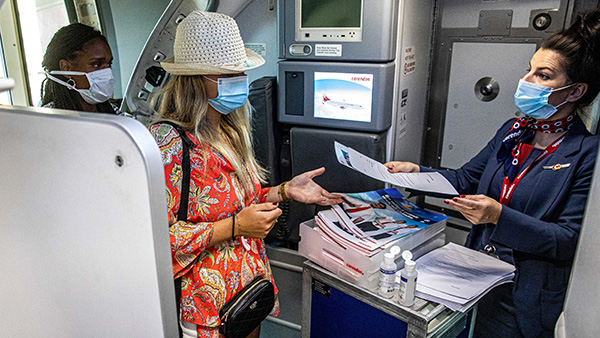
VACCINATION RATES
After a slow start, Japan’s vaccination program has moved forward at a faster than expected pace. Over 75% of Japan’s population have been fully inoculated against Covid 19, which leaves it ranking among the top three in the G7 nations. The milestone of exceeding 70% was reached a full 2 months earlier than was anticipated just a couple of months ago. (The Japan Times).
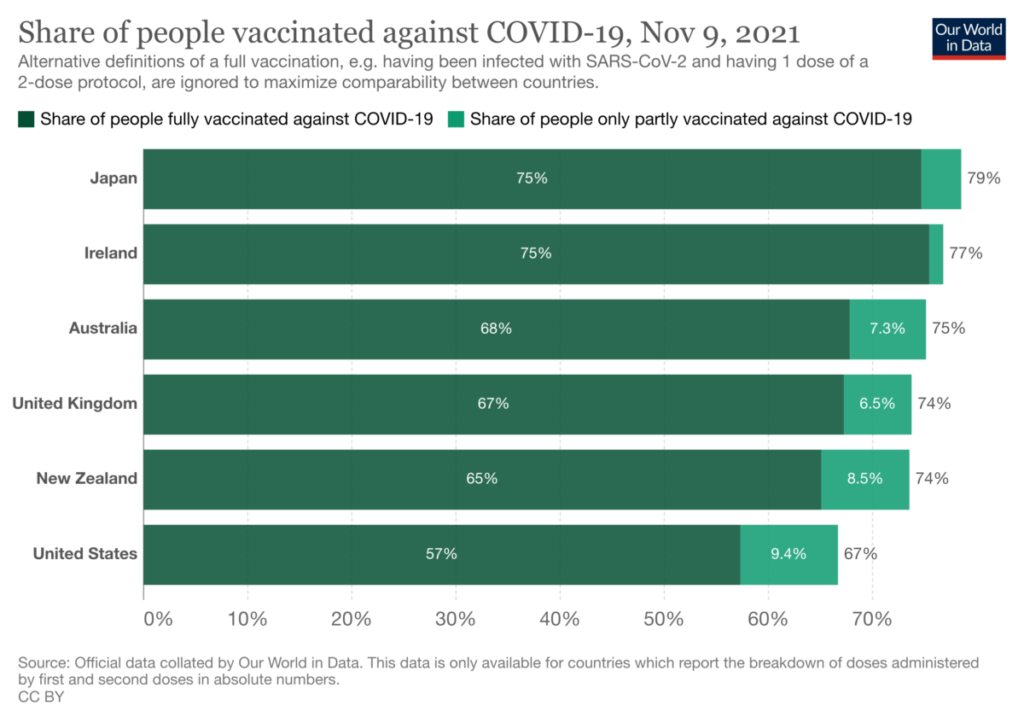
RECOVERY FROM FIFTH WAVE
Japan experienced a dramatic fifth wave and despite not going into lockdown they managed to dramatically reduce its 7 day rolling average of new reported cases from a peak of 23,192 on August 25th to under 200 by November 8th (OurWorldinData). Several days in November saw Japan report less than 100 new cases in a day across their entire population.
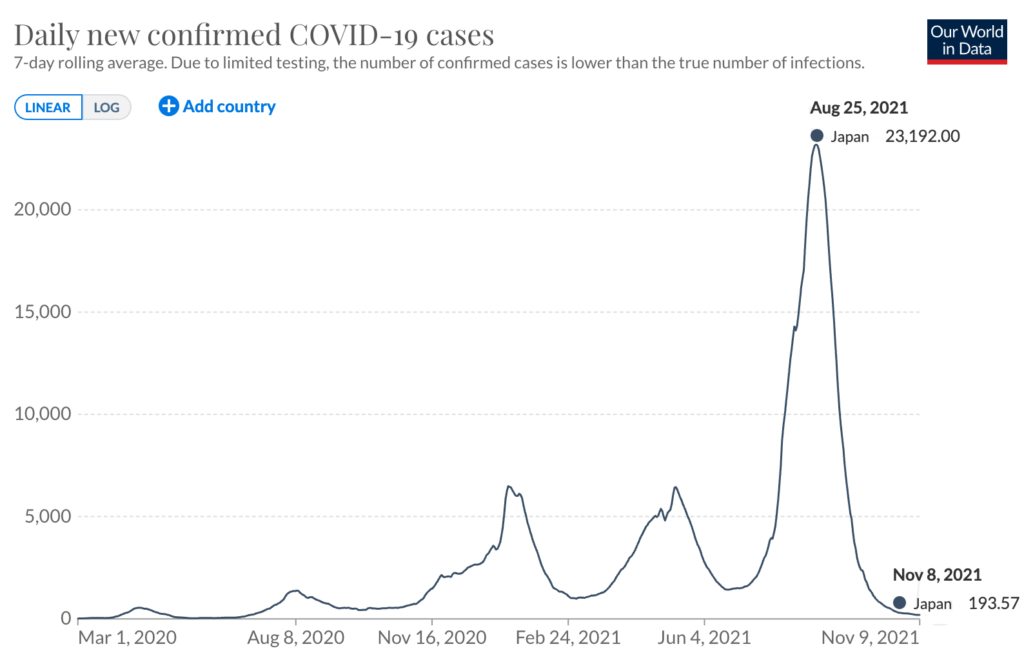
This above chart is all the more impressive when understood in the context of Japan’s enormous population of 126 million people. Only 1 person out of every 650,000 people were contracting covid on a typical day and this figure is still dropping off. These figures are the envy of health officials around the world.
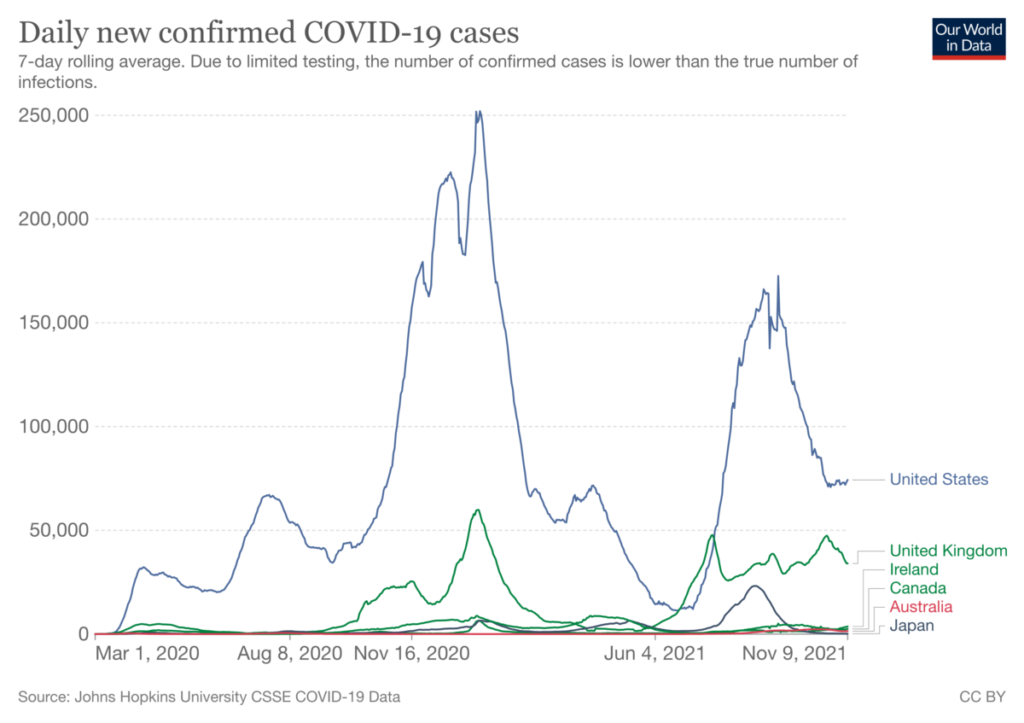
A CULTURE OF MASK WEARING
There are many theories as to why Japan has managed to curtail the spread of the virus so much more successfully than other countries (The Guardian). One commonly stated point of difference is that Japanese people have a long standing custom of wearing face masks when they feel ill in public. The Japanese have a relentless work ethic and an aversion to taking sick leave rather than show up at work despite feeling very sick. Over the years, they have seemingly mastered the art of traveling to and from work with a cold or flu and managing to uphold their professional responsibilities (with they should really be at home in be recovering) whilst managing to minimise the risk of getting others sick by using a mask etc.
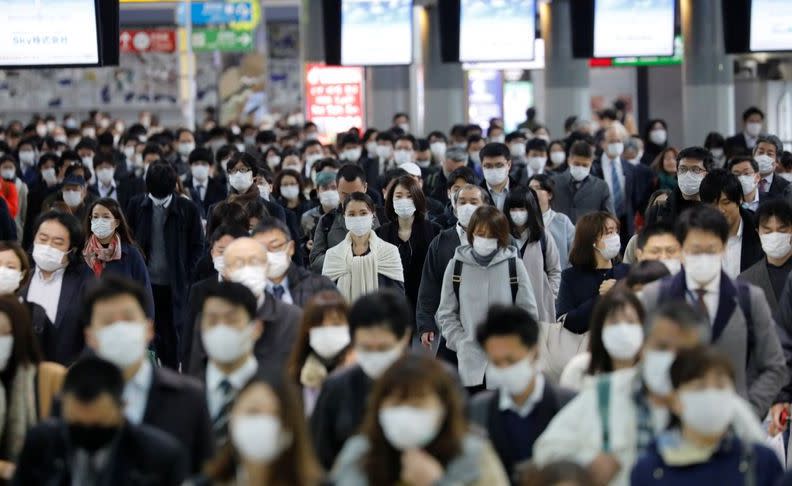
There was little to no opposition in the public to the concept of mask wearing and taking personal responsibility for good hygiene such as coughing or sneezing into a tissue. Even with such low numbers of daily new infections, most people are still apprehensive to leave their home without wearing a mask in many public settings. This “not taking their foot off the gas too early” attitude has led them to such a suppression of the pandemic.
THE END OF RESTRICTIONS
Despite the fact that Japan appear quite vulnerable given the high population density, heavy reliance on many people using crowded public transport not to mention given their ageing population. However, Japan never imposed a full lockdown like other countries. They never banned public gatherings such as sporting events or concerts. A state of emergency was imposed on a prefecture by prefecture basis, but measures were not so much lockdowns as they were requests that focused mainly on bars and eateries, which were asked to close early and not serve alcohol. Many people continued to commute on crowded trains, and attended sports and cultural events at stadiums with some basic social distancing controls that pretty much all people respected pretty much all of the time.

Tokyo and Osaka officially ended their state of emergency restrictions on October 1st (The Asahi Shimbun) and yet as the bars and entertainment districts returned to fully operation, the number of new cases continued to drop. This is in part to the surge in vaccination rates, but even accounting for this, their surprisingly good outcomes have puzzled many international observers who would love to replicate this success in their own country.
JAPAN – AN INTERNATIONAL MODEL OF SUCCESS
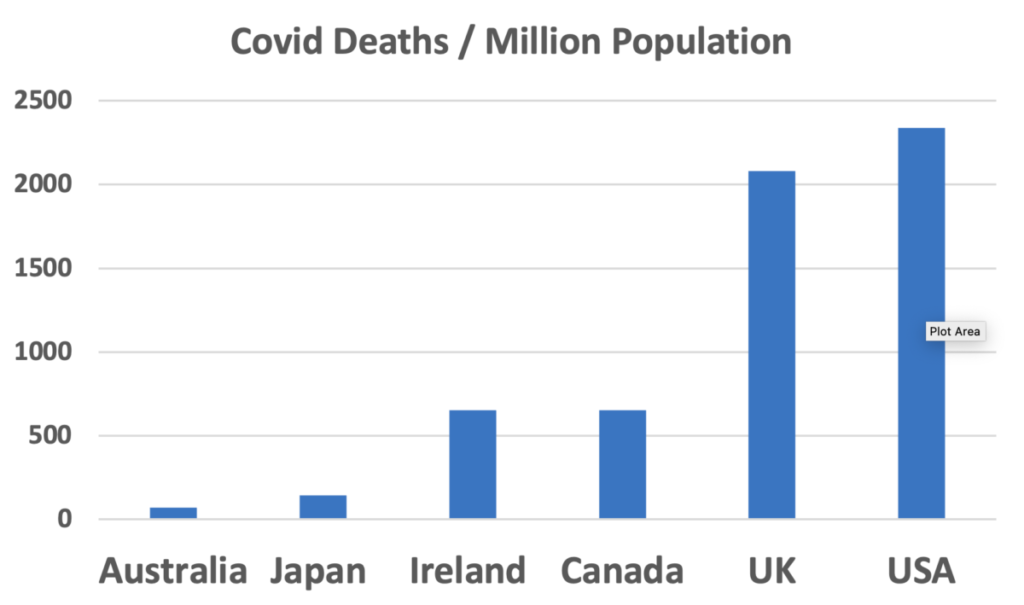
(Unique Japan Tours chart, source https://www.worldometers.info/coronavirus/ as of November 11th 2021)
Japan has a universal health insurance regime to ensure that anyone can receive necessary medical treatment. Under this regime, every citizen enters a publicly regulated medical insurance system, such as employees’ health insurance, national health insurance or the latter-stage elderly’s medical insurance. This medical care system has contributed to Japan’s achieving the highest life expectancy in the world, as well as a high standard of healthcare along with improvements in the living environment and better nutrition. (www.stat.go.jp)
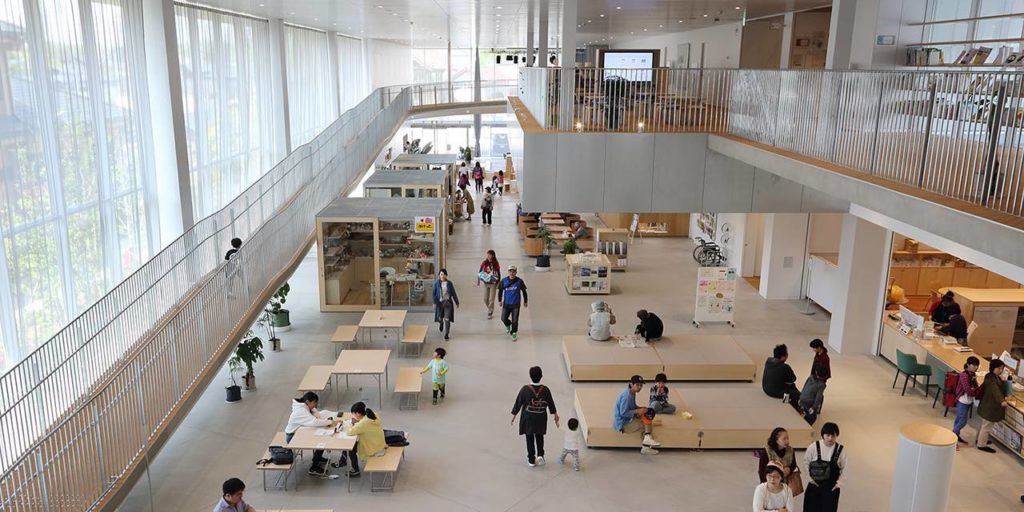
Researched have described Japan’s public health model, which features local public health centers that act as “miniature CDCs” within their respective communities. When COVID-19 first hit, the public health centres were able to quell community spread of the virus. (Harvard Public School of Health)
Although inefficiencies in Japan’s public health system needed to be addressed, the public health centres helped minimize the damage from COVID-19, in part because they were able to act more nimbly than a large, centralized public entity could, according to the researchers. They wrote that Japan’s experience can provide lessons for other countries. (www.HealthAffairs.org)
